How many calories will break a fast? — explained by Simple
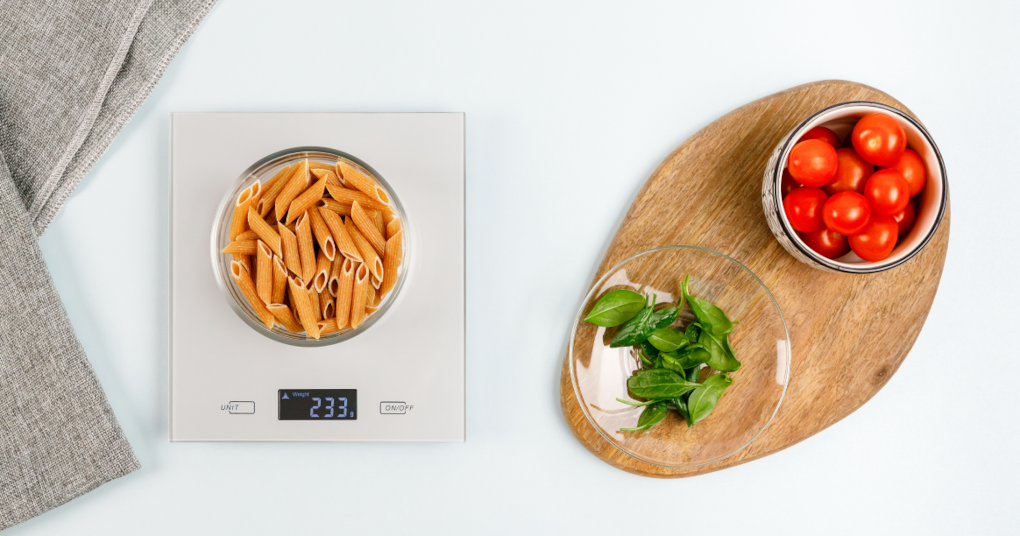
There are many types of fasting, and the motivations behind them usually differ. Because of this, the rules can get confusing. Your friend fasts for ketosis, so she’s cool with some coconut oil in her coffee in the morning. Your grandmother does the Daniel fast [1] with her church for the new year so she can stick to vegetables and grains and maintain her “fast.” Your coworker does 5:2 fasting and can have 500–600 kcals or less per day for two days out of the week and considers their fast intact (we don’t recommend this one by the way, given its intense restrictions).
Of course, they’re all offering you advice on how you should approach your new fasting lifestyle, but maybe you’re considering joining the time-restricted eating (TRE) club –– our favorite here at Simple. Since none of those other methods sound like what you’re into, you might be wondering what breaks a fast for TRE fasting? Well, you’ve come to the right place! We’ll answer your questions like, “How many calories break a fast?” so you can start your journey with confidence.

So, how many calories can you have without breaking a fast?
We’ve already mentioned a few different fasting schedules above, as well as some of the motives behind them. Fasting is a very individual choice. The fasting schedule you choose would depend on your goals and how it needs to fit into your lifestyle.
If true fasting or TRE fasting is your schedule of choice, you would fast (aka not consume any calories) for at least 12 hours per 24-hour period. How long you need to fast would depend on your goals, needs, and your body’s response to fasting.
16:8, fasting for 16 hours and eating during an 8-hour window, is usually around the maximum amount of time we recommend. It’s long enough for most to be in ketosis and possibly autophagy.[2] We don’t recommend fasting beyond 18 hours, as the risks can begin to outweigh the benefits.
From knowing what the heck ketosis or autophagy is (we saw you googling) to how many calories to eat during 16:8 intermittent fasting, we can help support you with our tips, resources and guides. We recommend you start with our Simple quiz and our guide to intermittent fasting for beginners. Then, take it slow while listening to your medical team and your body.
OK, back to why we’re here — you want to know how many calories it takes to break a fast. If TRE is “true” fasting, does that mean any amount of calories will break your fast? Well, yeah, kind of. Any “meaningful” amount of calories looks different for everyone, so it’s nearly impossible to pinpoint exactly how many calories will break a fast. With that in mind, we recommend you play it safe and stay under 10 calories during your fasting window.
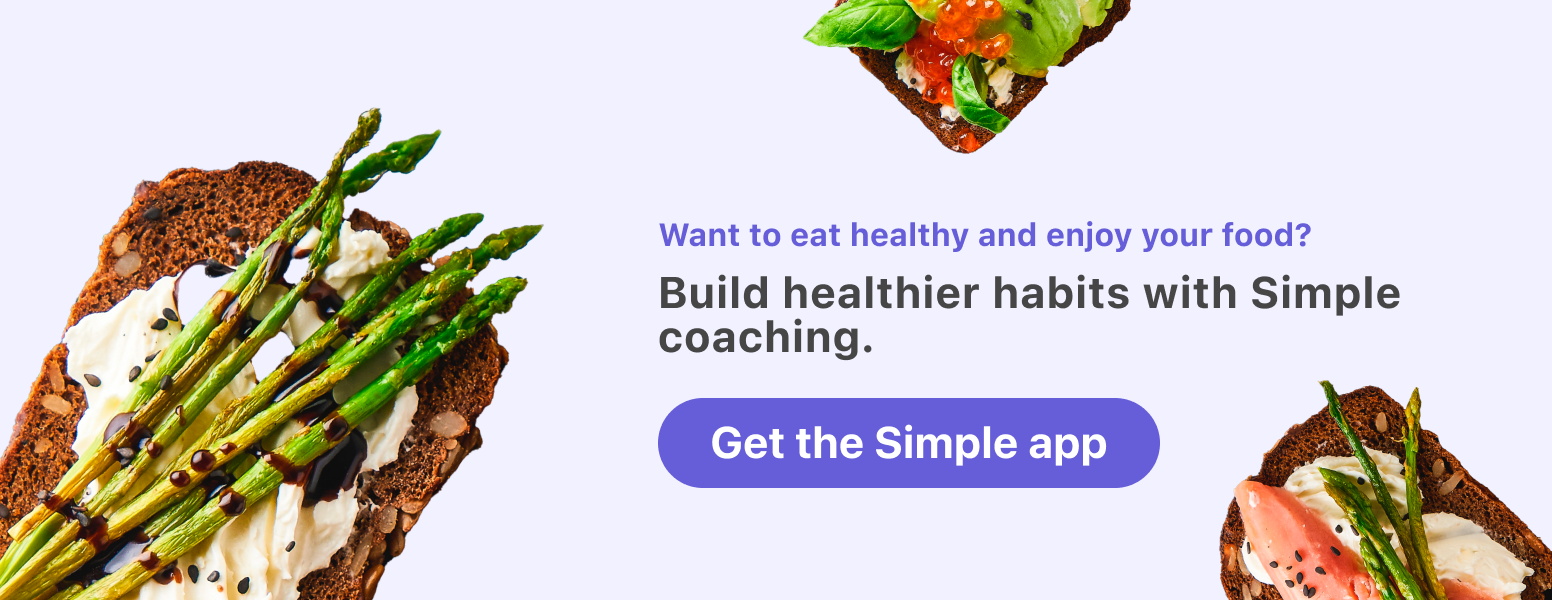
What to eat during intermittent fasting
During your fasting window, we know that any amount of calories is risky business for breaking your fast, but what about when you have crossed into your eating window? You can eat whatever you want, right? Technically, yes, you could eat whatever you want during your eating window and still be practicing intermittent fasting. However, you would be much more successful and likely to reach your goals if you are mindful of what to eat during intermittent fasting.
High fiber: More often than not, make your carbohydrates complex by eating whole grains, fruits, and vegetables (starchy ones like potatoes, carrots, and yucca, as well as non-starchy ones like broccoli, green beans, and greens).
High-fiber foods not only help you feel full longer, but they feed the good bacteria [3] in your gut and help with blood sugar control,[4] keeping your energy and appetite levels more stable throughout the day.
Healthy fats: Heart-healthy fats include avocado, fatty fish like salmon and halibut, and seeds and nuts.
Like their high-fiber friends, foods high in healthy fats help you feel full longer, and they support heart health.[5]
Lean proteins: Eggs, lean meats, tofu, and seafood not only help keep hunger at bay but also support maintaining muscle mass during weight loss.[6]
Including a variety of these great foods in your diet will help optimize your fasting efforts while also opening the door to a range of beneficial nutrients, including fiber.
What to drink during intermittent fasting
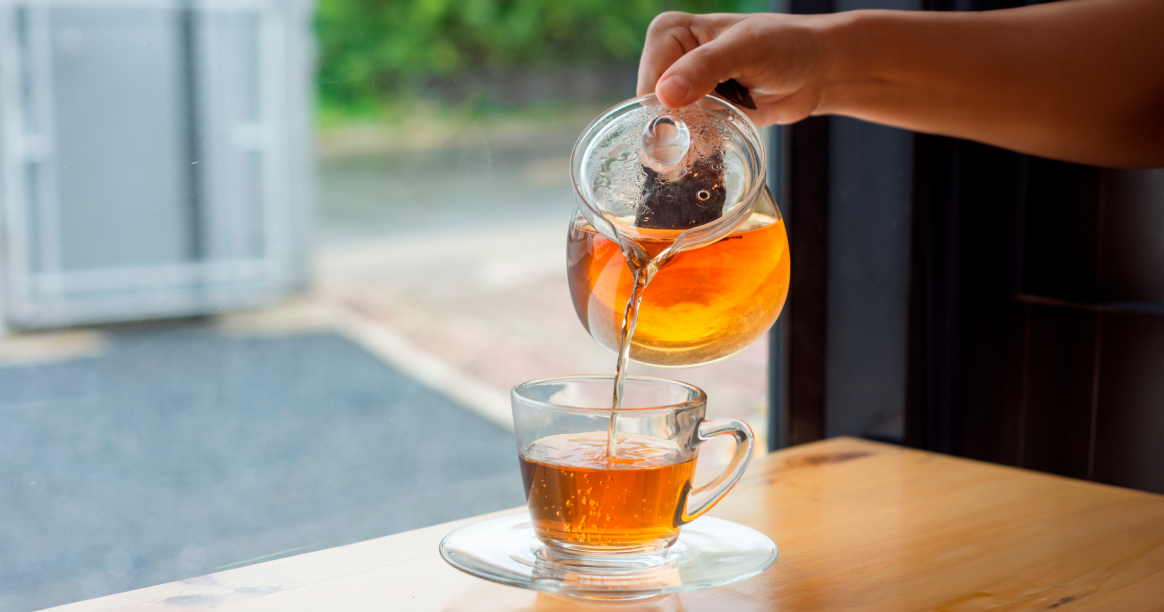
What you can drink while fasting is arguably as important as what you eat. Excess calories from sugary beverages can really wreak havoc on your health and fasting efforts.[7] While a cup of black coffee in the morning, maybe even with a little splash of milk, most likely won’t wreck your fast, that Venti iced coffee with whip definitely will. And, although you have stopped eating after an early dinner, that late-night nightcap just set your fasting window back a few hours.
During your fasting window, try to stick to no-calorie beverages like these winners:
Water: The gold standard of all beverages because our bodies need it to survive! We probably didn’t have to tell you that, but you would be surprised how many people try to get by without it. The fun thing here is you can mix it up and include sparkling water or lemon- / fruit-infused water.
Tea and coffee: That’s right — you can still get that morning kick as long as you keep it calorie-free. Get creative by trying new flavors and varieties. Plus, tea has many benefits beyond being a low-calorie beverage, including supporting cognitive health.[7]
Diet soda: While you can consume calorie-free diet soda during your fasting window, we give it the yellow light. The research on how artificial sweeteners affect insulin levels is mixed,[8] so we recommend that it shouldn’t be your primary source of hydration. One can a day, alongside a substantial amount of water or herbal tea, should be alright.
During your eating window, you can add in beverages that include calories, of course, especially if you just have to have that frappuccino. But be mindful! Overdoing it on drink calories can quickly become an intermittent fasting mistake.
Supplements and intermittent fasting
When it comes to the world of wellness and fitness, we can’t leave supplements out of the conversation. In a perfect world, we would get all our nutrition from fresh whole foods, but life often doesn’t cooperate with our quest for perfection (rude). Supplements can help fill nutritional gaps, which can be easy to fall into and can increase the risk of experiencing intermittent fasting side effects.
Often, if intermittent fasting seems to not be working or has you questioning, “Does intermittent fasting slow your metabolism?” it may be because you are not getting enough energy or nutrients from your food. This can be especially risky if you combine intermittent fasting with working out.
So, how many calories from supplements will break a fast? When it comes to breaking your fast, calories are calories, so the same guideline stands — keep it under <10 calories (think single digits). It’s a good idea to know which supplements are the best for fasting and when to consume them. It’s also a good idea to consult with your healthcare provider on when the right time to take a supplement, including medication, is, as they are best positioned to advise accordingly. While we’re on the topic, if you do take medications, make sure that your healthcare provider has given you the all clear for intermittent fasting.
Fasting window: You can take calorie-free supplements during this time.
- water-soluble vitamins
- iron
- folic acid
- probiotics and prebiotics
- electrolytes
Eating window: Any supplement that contains calories should be taken during this time.
- protein powders
- branch-chain amino acids
- essential amino acids
- collagen
- sweetened electrolyte drinks
- gummy vitamins or chewable supplements
- any supplement that shouldn’t be taken on an empty stomach
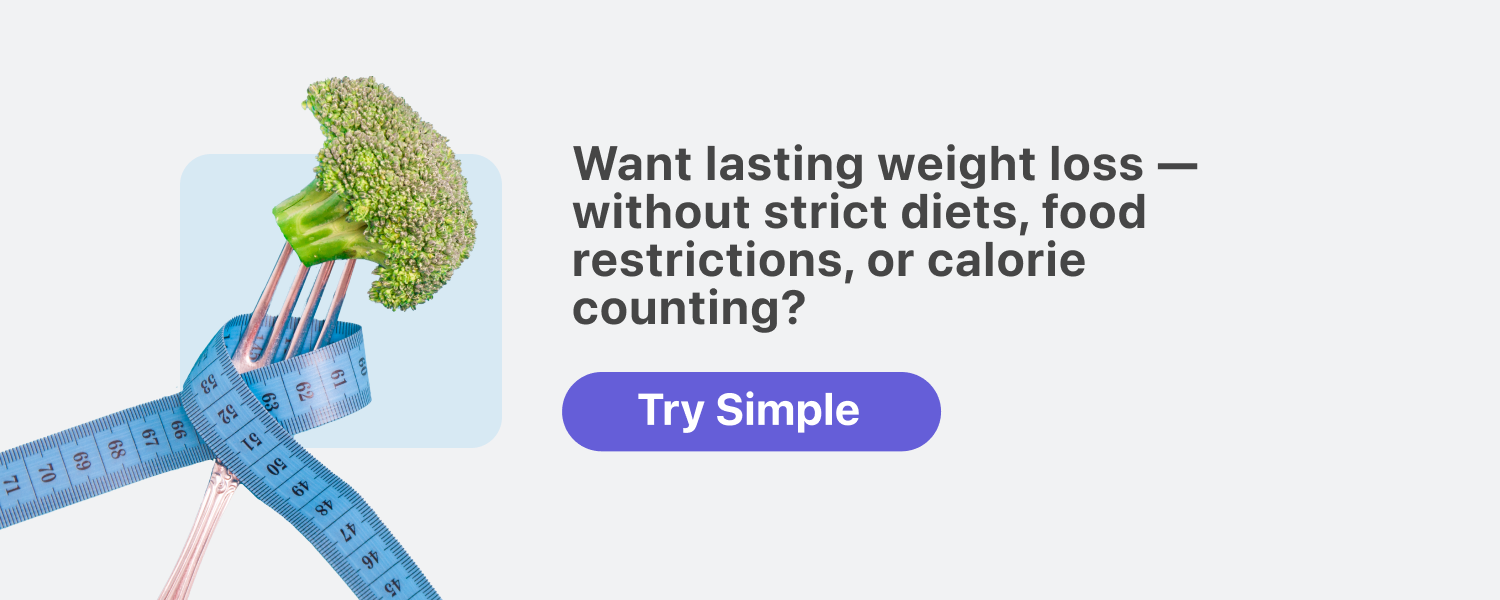
Will 10 calories break autophagy? This is one of the many things about autophagy that is still a mystery. The research behind fasting and autophagy is limited, but we can probably assume that it’s a similar answer to the question, “Will 10 calories break a fast?” Your best bet is to stick to the ”less than 10 calories” goal to maintain autophagy as long as possible.
Wait, what? Dirty fasting? How can fasting be dirty? “Dirty” fasting is the idea that eating 50 calories or less or eating food high in protein (like bone broth) or high in fat (like avocado) won’t break ketosis. “Dirty” or “clean,” we’re not into labels around here. The best type of fasting is the type that works best for your goals and lifestyle.
“Does chewing gum break a fast?” is a tricky question. Chewing gum is not ingested, and most have minimal calories (5–10 per piece). So, all good, right? Well, the answer goes back to your motivation for fasting and just how many pieces of gum you’re trying to chew.
Some kinds of toothpaste have calories and some don’t. The amount depends on the ingredients. But the amount in the average toothpaste is negligible, ~1–3 calories per serving. So, even if it were to be swallowed and ingested (just in case this is a “today years old” moment, you’re not supposed to swallow toothpaste), it would fall in the “OK” zone of < 10 calories.
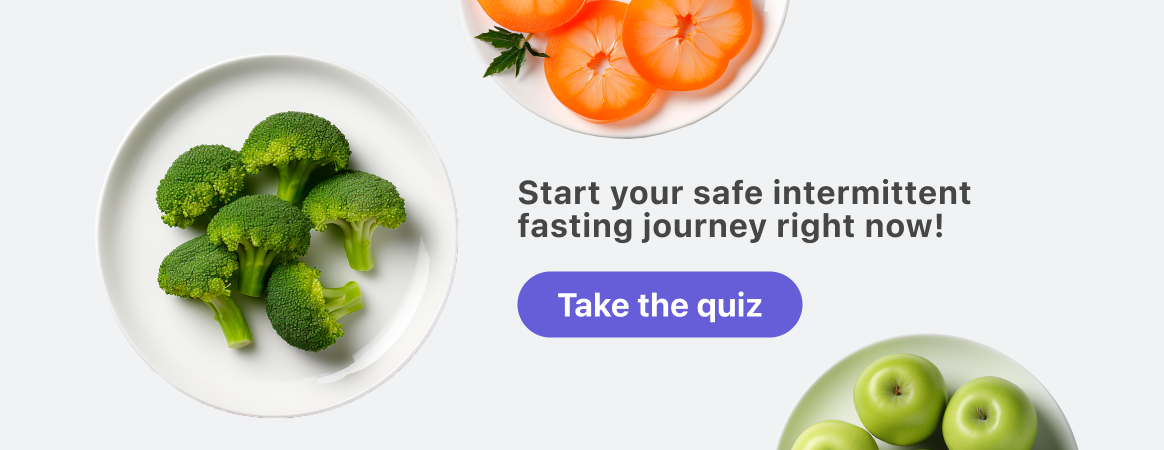
- Verrett B. What is the Daniel Fast in the Bible? Foods to eat and avoid [Internet]. Bible Study Tools. Salem Web Network; 2021 [cited 2024 May 15]. Available from: https://www.biblestudytools.com/bible-study/topical-studies/whats-the-daniel-fast-and-how-do-you-do-it.html
- Anton SD, Moehl K, Donahoo WT, Marosi K, Lee SA, Mainous AG 3rd, et al. Flipping the metabolic switch: Understanding and applying the health benefits of fasting. Obesity . 2018 Feb;26(2):254–68.
- Cerdó T, García-Santos JA, G Bermúdez M, Campoy C. The role of probiotics and prebiotics in the prevention and treatment of obesity. Nutrients. 2019 Mar 15;11(3).
- Weickert MO, Pfeiffer AFH. Impact of dietary fiber consumption on insulin resistance and the prevention of type 2 diabetes. J Nutr. 2018 Jan 1;148(1):7–12.
- Forouhi NG, Krauss RM, Taubes G, Willett W. Dietary fat and cardiometabolic health: Evidence, controversies, and consensus for guidance. BMJ. 2018 Jun 13;361:k2139.
- Moon J, Koh G. Clinical evidence and mechanisms of high-protein diet-induced weight loss. J Obes Metab Syndr. 2020 Sep 30;29(3):166–73.
- Huang Y, Chen Z, Chen B, Li J, Yuan X, Li J, et al. Dietary sugar consumption and health: Umbrella review. BMJ. 2023 Apr 5;381:e071609.
- Pepino MY. Metabolic effects of non-nutritive sweeteners. Physiol Behav. 2015 Dec 1;152(Pt B):450–5.
